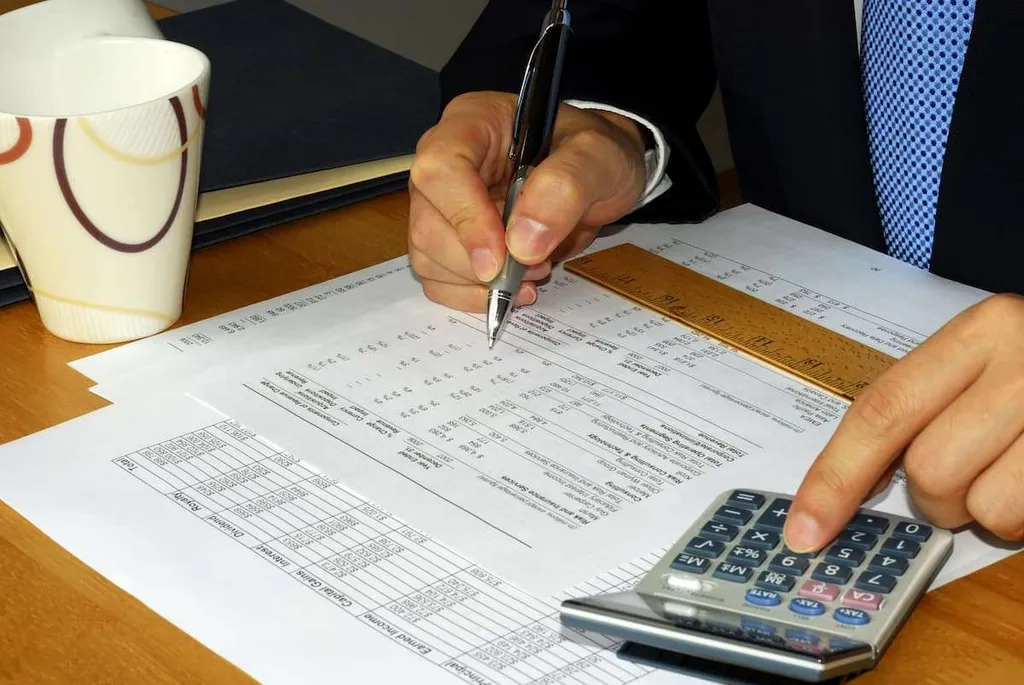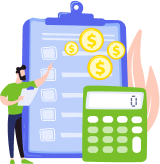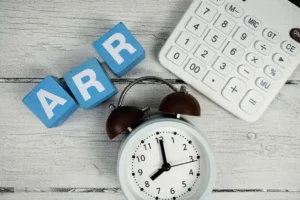When you manage your business’s assets, you don’t only concern yourself with buying and selling. You also need to know how your holdings lose value over time and how that affects your financial records, which ties directly into lease accounting practices. As an entrepreneur, you’re constantly switching between paying your team on time, keeping customers happy, and maintaining solid relationships with suppliers. Many learned the hard way: understanding tax implications and accounting nuances — particularly the difference between amortization vs depreciation — makes or breaks profit margins.
These two processes, while similar, apply differently. When you twist them or make errors in calculations, it could lead to costly mistakes down the road, especially with the IRS. Let’s compare amortization vs depreciation.
What is Amortization?
To grasp the subtle distinction between amortization vs depreciation, start with the basics of amortization. It means the gradual reduction in value of intangible assets over their lifespan. By applying amortization correctly, you can better manage expenditures, forecast revenue, and align with accrual accounting practices.
Let’s review the main types of intangible holdings:
- Patents. Legal safeguards for new ideas and creative solutions.
- Trademarks. Brand identifiers and commercial symbols.
- Copyrights. Creative work protections and intellectual property.
- Brand goodwill. Reputation value and customer loyalty.
- Software development. Custom programming and technical solutions.
Amortization distributes an asset’s total cost across several years instead of documenting it as one substantial cost. As an example, capital intensive markets (i.e., construction or manufacture) use amortization to manage the costs of intangible assets. Software creation expenses convey the idea clearly. A company may spend USD 50,000 on specific programs, then, they spread that money out over half a decade at a rate of USD 10,000 annually.
Amortization carries significant financial implications. The numbers speak for themselves: the global corporate intangible assets reached $61.9 trillion two years ago. Microsoft reported $739 million in intangible asset amortization expense. Amortization affects key financial ratios. It lowers return on assets (ROA) and debt-to-equity ratios and impacts profitability metrics. Among small businesses, amortization smooths cash flow and improves debt ratios. Viewed strategically, amortization becomes a valuable tool in financial management, not merely an accounting obligation.
What is Depreciation?
It manages tangible holdings, particularly fixed assets, which physically wear out through operation and aging. Let’s examine.
Computing equipment declines over time, just like transportation vehicles, including commercial trucks and fleet units.
Industrial tools and processing equipment gradually lose value through continued use and operational stress.
Long-lasting physical assets are subject to depreciation. Equipment with a useful life exceeding twelve months typically qualifies. In contrast, administrative supplies and inventory are not depreciated, as they are consumed or sold within a short period.
Salvage value performs a crucial function in depreciation computations as part of a financial strategy. It signifies the projected selling price once the possession becomes outdated for commercial operations. A commercial vehicle may require USD 30,000 initially but maintain a USD 5,000 residual value following ten years of operation.
Depreciation guarantees that the accounting records reflect the true current value of the machinery. The amounts recorded should show actual market prices for used hardware when accurately calculated.
Understanding the Distinctions Between Amortization and Depreciation
Now, let’s discuss the distinct features of amortization vs depreciation. Both distribute the cost of assets over time, yet they serve fundamentally different purposes. The primary difference lies in the nature of the capital they apply to and how they are accounted for.
Asset Classifications
Patents, licensing rights, and brand marks call for amortization handling. A five-year program permit receives its acquisition cost split uniformly throughout that duration.
Equipment, vehicles, computers, and office furniture lose value over time through depreciation. As an example, a company car depreciates as it accumulates mileage and undergoes wear from regular use.
Calculation Methods
For intangible assets like intellectual property, straight-line amortization is more preferable. If a trademark costs USD 5,000 and is valid for 10 years, the firm would record an annual amortization expenditure of USD 500. This straightforward approach makes it easier to plan budgets and keep records organized.
When it comes to tangible assets, such as equipment or vehicles, there are several depreciation methods available. Let’s see: accelerated depreciation lowers the value of the property faster in the first years. The straight-line approach, on the other hand, spreads business expenses equally over the entire interval. The decision on which method to use depends on how the asset contributes to business operations over time.
Lifespan Distinctions
Non-physical assets commonly adhere to a 15-year amortization timeframe, although particular contracts may establish varying conditions. Intellectual property protection durations establish their amortization schedule.
Tangible property lifespan differs substantially. For example, computer equipment often depreciates over three to five years, while buildings, depending on their expected use and condition, may depreciate over much longer periods.
Tax Deductions
When we talk about the difference between amortization and depreciation, both practices diminish taxable earnings as they establish deductible costs. According to economic studies, depreciation indicates a drop in property valuations. Amortization distributes expenses methodically throughout established intervals. Scheduling of these reductions enhances yearly taxation standings.
How to Record Amortization and Depreciation in Your Books
You must not only know the difference between amortization vs depreciation, but also how to record it in your financial reports. Both amortization and depreciation show up as expenses on the income statement. It means they directly affect how much tax you’ll pay.
Most businesses set salvage value at 0 when they calculate depreciation. It maximizes the expense deduction each year. Your balance sheet shows lower asset values, and your pre-tax income drops accordingly.
The idea is simple: the more you deduct through depreciation, the lower your taxable income. That means more cash stays in your business instead of going to the IRS. Intangible assets often follow the straight-line method because it’s easy to apply.
The consistency makes financial planning easier. You know exactly what the expense will be each period.
The best part is that modern accounting software makes calculations without your help. Set up the asset details once, and the software generates the proper entries each month. It prevents calculation slips and keeps your records accurate. It’s clear: Discrepancies are unavoidable with manual tracking. Automated schedules won’t let you overlook or miscalculate a thing.
Choosing the right depreciation method or determining asset lifespan can get tricky. Different assets have different rules, and tax regulations change periodically. However, qualified bookkeepers or accountants know current requirements and can recommend the options. While maintaining your compliance with accounting regulations, they’ll assist you in selecting strategies that are advantageous for your particular circumstance.
Business Use Cases
Companies that value their profits don’t ignore depreciation because it’s an important issue. It affects how much tax you pay, how your company’s cash flows, and even your plans for the future. Let’s take a look at how some companies use these processes.
- Construction companies, trucking companies, and manufacturers often buy expensive machines that lose value quickly. So they often use the accelerated depreciation scheme to get a better tax deduction right away. If a construction company buys an excavator valued at USD 200,000, it can get a bigger deduction in the first two years, when there may not be as much money.
- IT companies and startups spend money on their technology. As an illustration, a mobile app company spends USD 50,000 to build a core platform and then amortizes that cost over five years.
- Law firms, medical offices, and consulting firms typically purchase specialized equipment or intangible assets. A dental practice buying USD 80,000 of digital equipment can use Section 179 and immediately deduct that amount from its taxes in the year of purchase. But they can amortize USD 15,000 of patient management software over three years.
Our tip: Don’t ignore salvage values when setting up your depreciation schedules. The delivery van might be worth USD 8,000 as a trade-in after five full years of service. Factoring this into your depreciation calculation spreads costs, preventing over-depreciating your possessions.
Final Words
When you master the distinction of intangibles vs tangibles and amortization vs depreciation, it guides virtually everything: from tax bills to your loan applications. They lower your annual taxable income and assist you in accurately tracking asset expenses.
BooksTime’s professionals simplify complex asset management across your business. While technical accounting complexities may seem overwhelming, they’re crucial to business health. Our team helps you correctly classify, record, and track assets. We ensure you’re regulatory compliant and have crystal-clear reporting. Partner with BooksTime to optimize your accounting methods and save money.


















